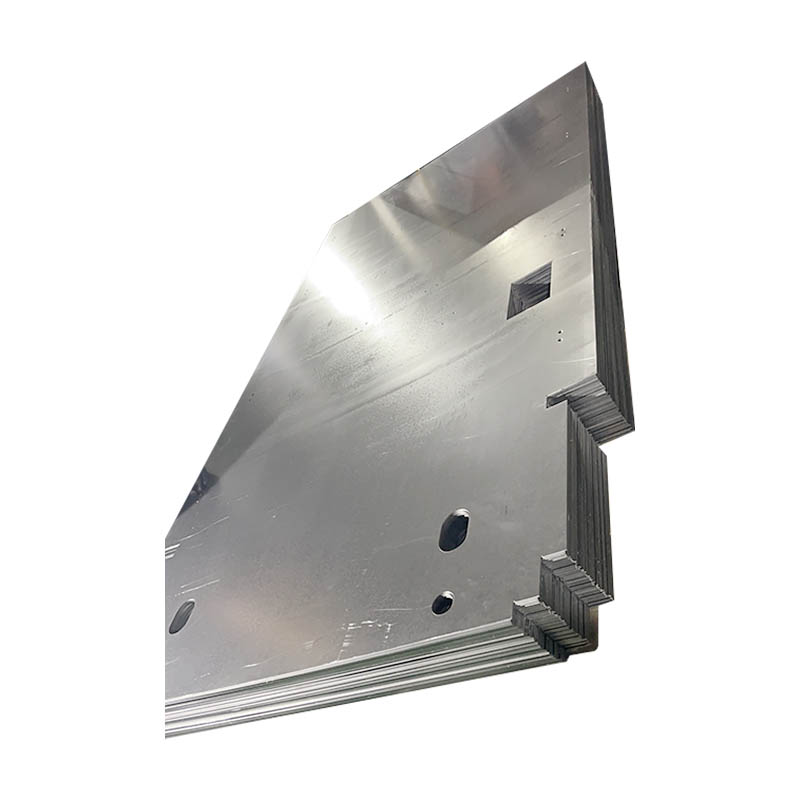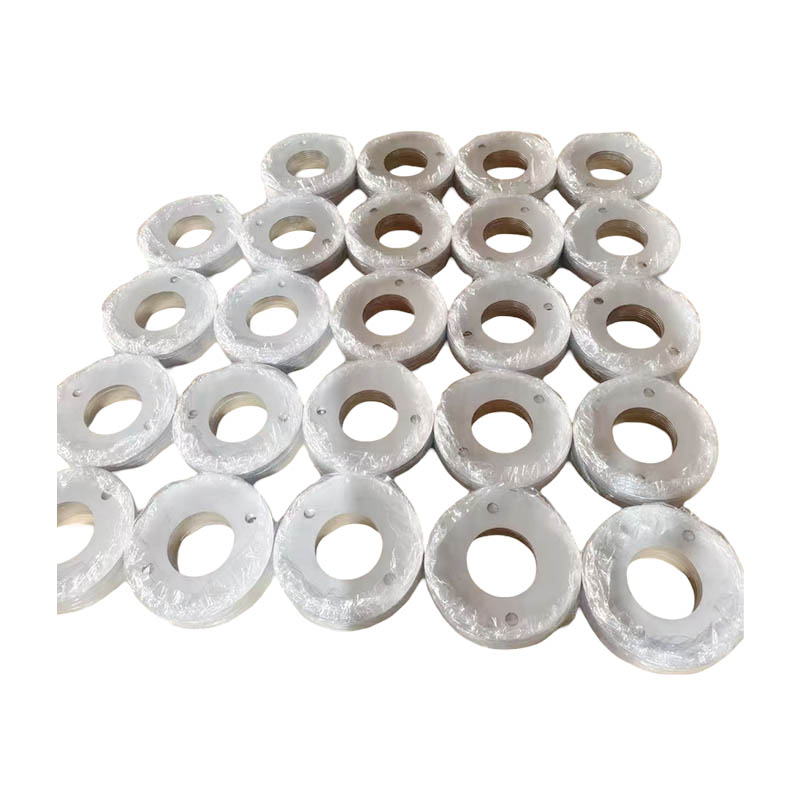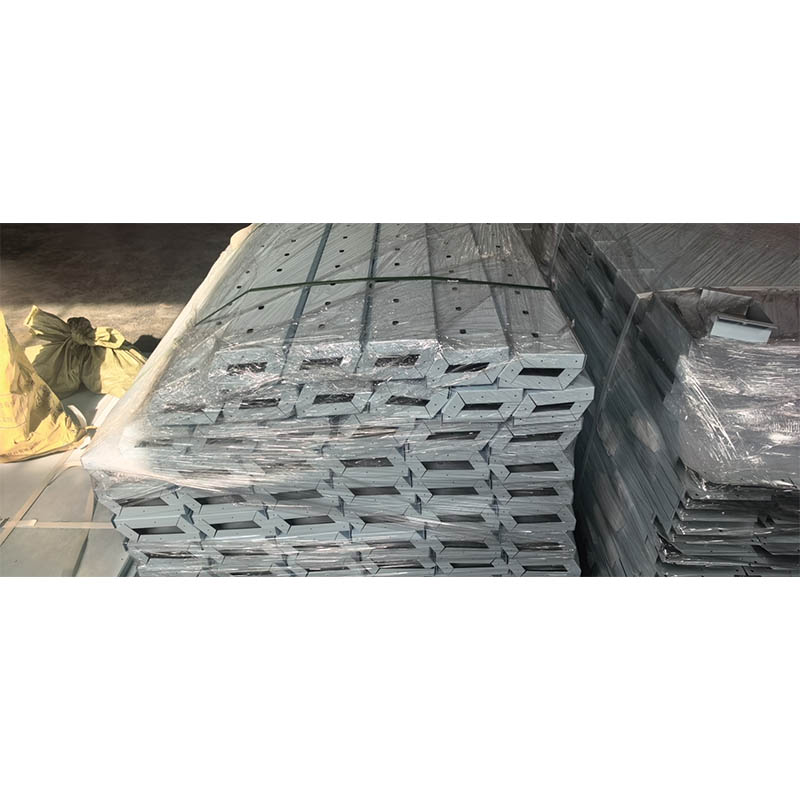Does a low-temperature evaporator significantly reduce energy consumption per ton of water evaporated?
Release Time : 2025-11-04
In industrial production and environmental treatment processes, evaporation, as a key step in concentration, purification, or crystallization, has long been considered a high-energy-consuming operation. Traditional evaporation equipment often relies on high-temperature steam or multi-stage thermal energy cycles, requiring not only high heat source requirements but also complex cooling systems, resulting in high overall operating costs. However, with the development of energy-saving technologies, low-temperature evaporators significantly reduce energy consumption per ton of water evaporated, which is reflected in their innovative approach of driving phase change at lower temperatures and achieving efficient separation with a simpler system.
The core advantage of a low-temperature evaporator lies in its breaking through the conventional thinking that "evaporation requires high temperatures." By optimizing the thermodynamic cycle and heat transfer structure, it can continuously achieve water vaporization and separation in a temperature range far below the boiling point of water—such as between 17 and 40 degrees Celsius. This low-temperature operation does not sacrifice efficiency; rather, it utilizes precise vacuum control and efficient heat pump technology to promote the separation of water molecules from the liquid phase at a lower saturated vapor pressure. Because of the small temperature difference requirement, the system requires significantly less heat input, while avoiding additional heat loss and equipment thermal stress caused by high temperatures.
More importantly, this type of evaporator typically does not rely on an external cooling water system for condensation. Traditional evaporators, after generating steam, must use large amounts of cooling water to condense and recover the secondary steam, which not only consumes water resources but also requires additional electricity to drive cooling towers or water pumps. Low-temperature evaporators, through an integrated heat recovery design, allow the condensation process to be completed in a closed loop, with heat repeatedly utilized, significantly reducing or even completely eliminating the cooling load. This system integration simplifies piping layout and reduces the power consumption of auxiliary equipment, thereby compressing the overall energy expenditure per unit of produced water.
Its energy-saving effect is also reflected in its friendly treatment of heat-sensitive materials. Many chemical, pharmaceutical, or food waste liquids contain easily decomposable, easily oxidized, or volatile components. High-temperature evaporation may not only destroy the effective substances but also increase the difficulty of subsequent exhaust gas treatment. Low-temperature evaporation removes moisture under mild conditions, preserving the value of the materials and reducing energy waste caused by side reactions, indirectly improving energy efficiency.
Furthermore, low-temperature evaporators typically employ modular and intelligent control designs, automatically adjusting operating parameters based on feed concentration, ambient temperature, or load changes to avoid energy waste caused by over-engineering. Even under low load or intermittent operation, the system maintains a high energy efficiency ratio, unlike traditional equipment which exhibits a significant efficiency drop. This flexibility makes it particularly suitable for small- to medium-scale wastewater treatment or applications with significant compositional fluctuations, truly achieving on-demand energy supply and precise evaporation.
From a life-cycle perspective, the low-energy consumption of low-temperature evaporators also leads to a chain reaction of optimized operation and maintenance costs. Low operating temperatures reduce the requirements for heat resistance in materials, allowing for the use of more economical structural materials; the absence of a cooling water system means no need for water treatment chemicals, scale removal, or water replenishment management; and the system's simplicity reduces failure rates and maintenance frequency. These factors combined further amplify its advantages in overall energy consumption and operating expenses.
Of course, energy saving does not come at the cost of sacrificing processing capacity. Modern low-temperature evaporators achieve a leap in energy efficiency while maintaining throughput by enhancing heat transfer surfaces, optimizing fluid distribution, and improving gas-liquid separation efficiency. It's not simply "slow evaporation," but a highly efficient energy conversion based on sound thermodynamic principles.
In summary, low-temperature evaporators can indeed significantly reduce the energy consumption per ton of water evaporated. Through low-temperature drive, internal heat energy circulation, system simplification, and intelligent control, they reconstruct the energy logic of the evaporation process. Behind every instance of water vaporization lies technology's respect for energy and its commitment to sustainable development. For companies pursuing green manufacturing and resource recycling, it's not just a choice for equipment upgrades, but a concrete step towards a low-carbon future.
The core advantage of a low-temperature evaporator lies in its breaking through the conventional thinking that "evaporation requires high temperatures." By optimizing the thermodynamic cycle and heat transfer structure, it can continuously achieve water vaporization and separation in a temperature range far below the boiling point of water—such as between 17 and 40 degrees Celsius. This low-temperature operation does not sacrifice efficiency; rather, it utilizes precise vacuum control and efficient heat pump technology to promote the separation of water molecules from the liquid phase at a lower saturated vapor pressure. Because of the small temperature difference requirement, the system requires significantly less heat input, while avoiding additional heat loss and equipment thermal stress caused by high temperatures.
More importantly, this type of evaporator typically does not rely on an external cooling water system for condensation. Traditional evaporators, after generating steam, must use large amounts of cooling water to condense and recover the secondary steam, which not only consumes water resources but also requires additional electricity to drive cooling towers or water pumps. Low-temperature evaporators, through an integrated heat recovery design, allow the condensation process to be completed in a closed loop, with heat repeatedly utilized, significantly reducing or even completely eliminating the cooling load. This system integration simplifies piping layout and reduces the power consumption of auxiliary equipment, thereby compressing the overall energy expenditure per unit of produced water.
Its energy-saving effect is also reflected in its friendly treatment of heat-sensitive materials. Many chemical, pharmaceutical, or food waste liquids contain easily decomposable, easily oxidized, or volatile components. High-temperature evaporation may not only destroy the effective substances but also increase the difficulty of subsequent exhaust gas treatment. Low-temperature evaporation removes moisture under mild conditions, preserving the value of the materials and reducing energy waste caused by side reactions, indirectly improving energy efficiency.
Furthermore, low-temperature evaporators typically employ modular and intelligent control designs, automatically adjusting operating parameters based on feed concentration, ambient temperature, or load changes to avoid energy waste caused by over-engineering. Even under low load or intermittent operation, the system maintains a high energy efficiency ratio, unlike traditional equipment which exhibits a significant efficiency drop. This flexibility makes it particularly suitable for small- to medium-scale wastewater treatment or applications with significant compositional fluctuations, truly achieving on-demand energy supply and precise evaporation.
From a life-cycle perspective, the low-energy consumption of low-temperature evaporators also leads to a chain reaction of optimized operation and maintenance costs. Low operating temperatures reduce the requirements for heat resistance in materials, allowing for the use of more economical structural materials; the absence of a cooling water system means no need for water treatment chemicals, scale removal, or water replenishment management; and the system's simplicity reduces failure rates and maintenance frequency. These factors combined further amplify its advantages in overall energy consumption and operating expenses.
Of course, energy saving does not come at the cost of sacrificing processing capacity. Modern low-temperature evaporators achieve a leap in energy efficiency while maintaining throughput by enhancing heat transfer surfaces, optimizing fluid distribution, and improving gas-liquid separation efficiency. It's not simply "slow evaporation," but a highly efficient energy conversion based on sound thermodynamic principles.
In summary, low-temperature evaporators can indeed significantly reduce the energy consumption per ton of water evaporated. Through low-temperature drive, internal heat energy circulation, system simplification, and intelligent control, they reconstruct the energy logic of the evaporation process. Behind every instance of water vaporization lies technology's respect for energy and its commitment to sustainable development. For companies pursuing green manufacturing and resource recycling, it's not just a choice for equipment upgrades, but a concrete step towards a low-carbon future.







